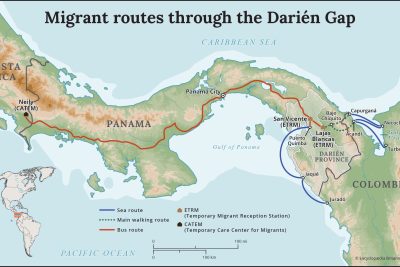
New Age Movement: Exploring Beliefs and Practices Today
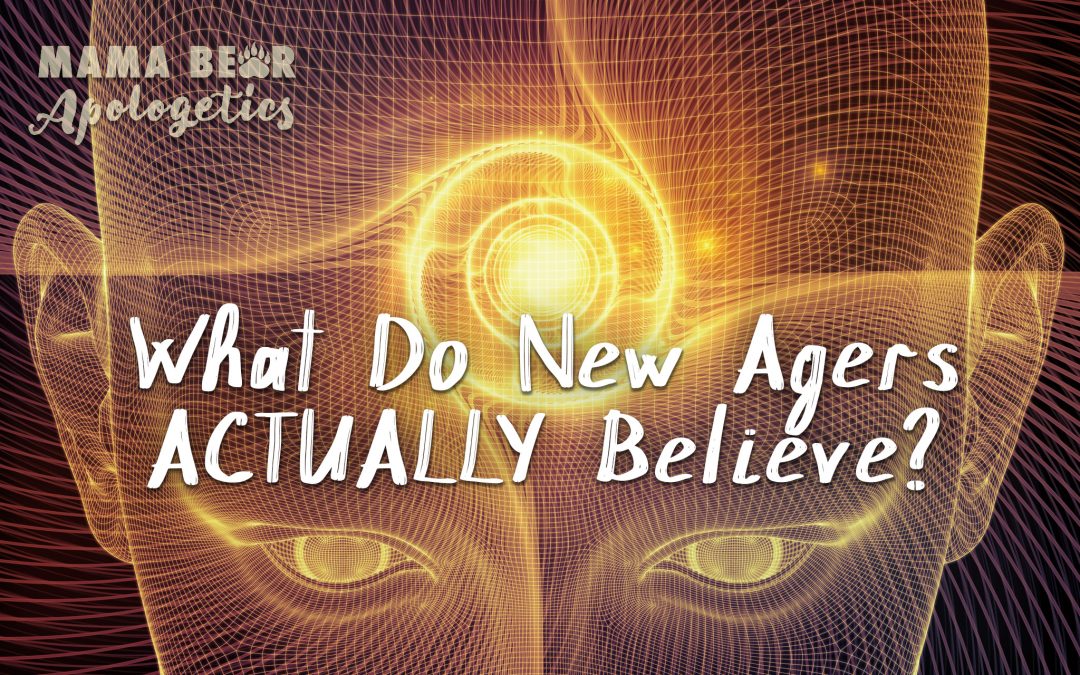
The New Age Movement represents a collective of spiritual beliefs and practices that emerged in the late 20th century, promoting a profound transformation in personal and global consciousness. As a modern spiritual phenomenon, it draws on elements from Eastern religions, Western esotericism, and psychological theories, facilitating a unique blend of practices aimed at spiritual awakening and self-improvement. In this article, we will delve into the intricacies of the New Age Movement, its roots, key figures, and the current beliefs that shape its landscape today.
With the growing interest in metaphysical philosophies, the New Age Movement has captured the imagination of individuals seeking alternatives to traditional religious frameworks. Today, more than ever, practices like meditation, crystal healing, and yoga have gained traction among those looking to attain a heightened state of awareness and personal growth. This exploration will navigate through the historical context of the movement, highlight influential leaders, and examine ongoing practices that characterize this fascinating spiritual domain.
- Historical Overview of the New Age Movement
- Key Figures in the New Age Movement
- Theosophy: Foundations and Influence
- The Role of Ascended Masters in New Age Beliefs
- Spiritual Leaders and Their Prophecies
- The Emergence of Independent New Age Groups
- The 1960s: A Turning Point for New Age Organizations
- Controversies and Criticisms Within the Movement
- The Legacy of the Theosophical Society
- Current Practices and Beliefs in the New Age Movement
- Conclusion: The Future of New Age Ideals
Historical Overview of the New Age Movement
The New Age Movement has roots that can be traced back to the 19th century, influenced significantly by esoteric traditions, Eastern philosophies, and the scientific discourse of the time. Key figures, such as Helena Petrovna Blavatsky, cofounder of the Theosophical Society, spearheaded the integration of these diverse sources into what we now recognize as New Age spirituality. Blavatsky’s writings emphasized the need for spiritual enlightenment and the evolution of human consciousness, setting the stage for future explorations into metaphysical concepts.
In addition to Blavatsky, successors such as Annie Besant and Alice A. Bailey played critical roles in furthering the movement’s ideologies. Besant's declaration of the coming of a new teacher in the form of Jiddu Krishnamurti and Bailey's prophecies concerning the emergence of Master Maitreya illustrate the prophetic nature imbued within the movement, emphasizing a belief in the guidance of spiritual entities as humanity approached a new era of understanding.
Key Figures in the New Age Movement
The history of the New Age Movement is peppered with visionaries and leaders who shaped its core tenets. Beyond Blavatsky, figures like Jiddu Krishnamurti, who was adopted as the World Teacher by Theosophists, brought a unique voice to the discourse around spiritual awakening. His rejection of dogma and emphasis on personal inquiry resonated with a diverse audience seeking liberation from traditional constraints.
Likewise, Alice Bailey made significant contributions by establishing the “Triangles” meditation group, aimed at creating a network of spiritual energy sharing across the globe. Bailey's elaboration on the concept of Ascended Masters provided a framework for understanding spiritual evolution in the context of higher consciousness. These figures established a foundation for grassroots movements that eventually led to the emergence of an independent New Age community.
Theosophy: Foundations and Influence
Theosophy serves as a cornerstone of the New Age Movement, providing a philosophical and spiritual groundwork that continues to resonate. The founding of the Theosophical Society in 1875 marked a crucial moment in the history of esoteric traditions. Blavatsky, Besant, and other influential leaders emphasized the need for distilled knowledge—wisdom that transcended dogmatic boundaries and spoke to the universal truths underlying all religions.
Through its teachings, the Theosophical Society sought to promote the idea of spiritual evolution, suggesting that humanity is on a path towards enlightenment. This concept laid the groundwork for many modern spiritual beliefs, influencing New Age practices such as holistic healing, astrology, and the embrace of alternative therapies. The Theosophical Society has historically provided a platform for exploring topics that delve into the nature of consciousness and the interconnectedness of life.
The Role of Ascended Masters in New Age Beliefs
Ascended Masters are regarded as highly evolved spiritual beings who have transcended the cycle of reincarnation. They are believed to guide humanity's spiritual evolution and offer their wisdom to those who seek it. The introduction of this concept significantly impacted New Age ideologies, paving the way for individuals to explore relationships with these otherworldly entities.
Mainly influenced by the writings of Bailey, the recognition of Ascended Masters became a key feature in various New Age groups. Individuals participate in meditations and practices designed to invoke the presence of these masters, seeking guidance and insight on their spiritual paths. This reliance on spiritual intermediaries reflects a broader trend within the New Age Movement of reaching towards a higher consciousness through the acknowledgment of these transcendent beings.
Spiritual Leaders and Their Prophecies
The New Age Movement has been characterized by numerous spiritual leaders who have shared prophecies and messages that inspire followers. Prominent figures such as Rudolf Steiner and David Spangler have contributed their own interpretations of spiritual evolution and the role of humanity in the cosmic scheme. Their predictions often emphasize the significance of a global awakening and heightened awareness as humanity transitions into a new era.
These prophecies have become a cornerstone for many practitioners, with their messages serving as guiding principles in the pursuit of spiritual enlightenment. The emphasis on prophetic dreams, visions and promises of a transformative future resonates strongly within the movement's community, fostering a sense of hope and collective anticipation among adherents.
The Emergence of Independent New Age Groups
As interest in New Age beliefs grew, independent groups began to form, diversifying the practices and ideologies found within the broader movement. These groups often prioritize personal spirituality and self-expression, embracing aspects of New Age doctrine while branching into more individualized practices. Some collaboratives emphasize personal development through workshops, holistic retreats, and community gatherings, fostering an inclusive atmosphere for spiritual exploration.
This emergence of independent groups has contributed to the New Age Movement’s dynamic nature, as these organizations provide unique interpretations and adaptations of established beliefs. Their focus focuses on affirming spiritual liberty, creating spaces for individuals to seek out their own truth while still connecting with others who share similar aspirations.
The 1960s: A Turning Point for New Age Organizations
The socio-cultural shifts of the 1960s acted as a catalyst for the growth of New Age organizations. Amid movements for civil rights and countercultural revolutions, spirituality took on a new significance, challenging traditional religious practices. The popularity of Eastern philosophies, meditation techniques, and psychedelic experiences brought New Age spirituality into the public consciousness.
Organizations began to emerge that embraced the ideals that resonated with the youth of that time, promoting the idea of spiritual liberation and social change. This era saw the rise of influential groups such as the Findhorn Foundation and various commune-style living arrangements that explored ecological and spiritual unity. The connection between personal spirituality and worldly concerns became evident, shaping the subsequent development of the movement.
Controversies and Criticisms Within the Movement
Critics argue that the emphasis on personal experience can lead to diluted teachings and a lack of credible guidance, raising concerns over the mental well-being of practitioners seeking spiritual truths. The tension between personal freedom and the establishment of a cohesive understanding of New Age beliefs continues to be a point of debate as more individuals seek solace in this spiritual realm.
The Legacy of the Theosophical Society
The legacy of the Theosophical Society remains indelible in the continuing evolution of the New Age Movement. Its foundational teachings have inspired countless individuals and groups to explore the deeper aspects of spirituality and the nature of reality. The Society's contributions through literature, lectures, and workshops have established a platform for discourse that encourages the melding of various religious and philosophical systems.
While controversies have arisen, the Society's mission of promoting interfaith dialogue and understanding continues to echo in modern New Age practices, highlighting a commitment to expanding one’s perspective on spirituality. The Theosophical Society’s impact resonates through the ages, serving as a bedrock for the exploration of metaphysical concepts among contemporary seekers.
Current Practices and Beliefs in the New Age Movement
Today, the New Age Movement encompasses a wide array of practices and beliefs that continue to evolve as society transforms. From crystal healing and astrology to energy healing and sound therapy, practitioners explore diverse modalities that resonate with their personal beliefs. Many engage in yoga, meditation, and mindfulness practices as methods of attaining inner peace and spiritual connection.
Another significant aspect involves the integration of technology in spiritual practices. The rise of online communities and resources allows for greater accessibility to New Age teachings, providing platforms for individuals to connect and share their experiences. Social media, virtual workshops, and online courses have revolutionized how people engage with the movement, reflecting the contemporary shift towards digital spirituality.
Conclusion: The Future of New Age Ideals
As the New Age Movement continues to expand, its adaptability ensures the exploration of spirituality remains a vibrant and relevant pursuit. Innovations in practice and shifts in cultural perspectives shape how individuals engage with metaphysical principles, promoting an open-minded approach to spirituality that transcends traditional boundaries. The quest for personal enlightenment and greater collective awareness will persist, just as its foundational ideologies rooted in the Theosophical Society and Ascended Master teachings continue to guide practitioners in their journeys.
Ultimately, the New Age Movement reflects a broader human desire for understanding and connection, one that acknowledges the importance of dialogue and respect among various spiritual paths. As we look toward the future, it is crucial to honor the movement's history while remaining open to evolving interpretations that resonate with the experiences of modern seekers, ensuring the continuation of a vibrant, transformative spiritual journey.
Did you find this article helpful? New Age Movement: Exploring Beliefs and Practices Today See more here Education.
Leave a Reply

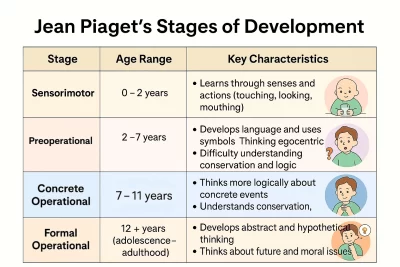
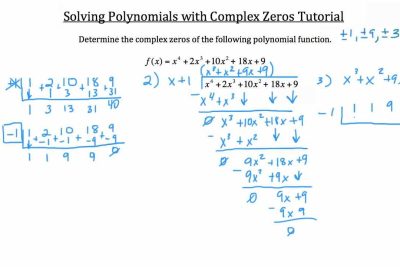


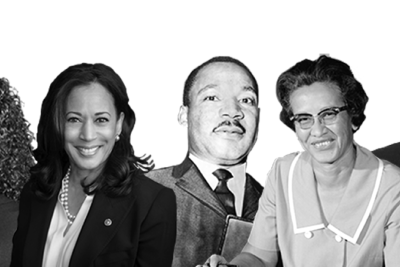
Related posts